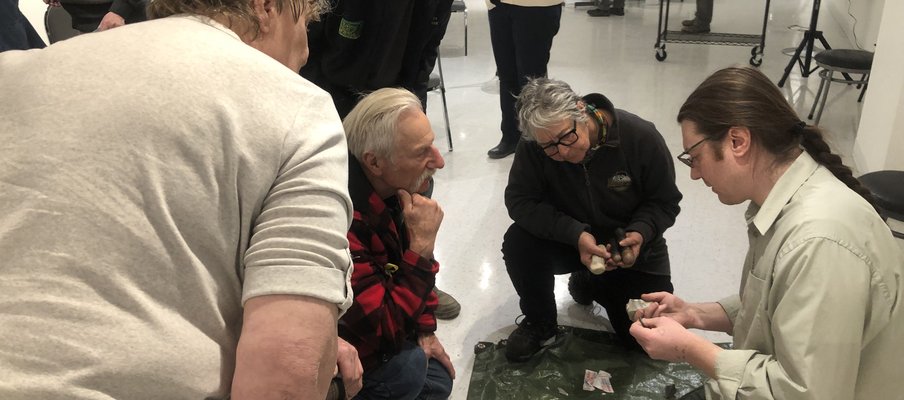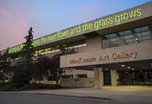Relationship-building key to careful interpretation of Indigenous artifacts

Related Programs

As heritage organizations field more and more questions about Indigenous artifacts, the need for strengthening relationships with local Indigenous communities grows more evident.
The Saskatchewan Archaeological Society (SAS) is one group that has been working on including Indigenous perspectives in its resources.
Dr. Tomasin Playford, executive director, SAS, says that, in recent years, there has been a growing interest in the cultural significance of Indigenous artifacts in Saskatchewan. As awareness of the importance of First Nations and Métis cultural items grows, many are wanting to repatriate, or return, artifacts to local Indigenous communities. This is something that the SAS has seen firsthand, as people often turn to the organization with questions on the topic.
When dealing with Indigenous artifacts, “one of the biggest challenges is knowing who to talk to,” says Playford.
Gabriel Essaunce Lamarche, a flintnapping expert and archaeologist of Anishinaabe descent, who has worked with the SAS in Indigenous engagement, says that being in contact with local Indigenous communities is of prime importance for organizations working with this type of findings.
“An artifact is a tangible piece of Indigenous heritage,” says Essaunce Lamarche. “It is important to help build those bridges, so that Indigenous people can be more involved in interpreting sites, but also just have more of a say in what happens with artifacts or with sites in the future.”
However, heritage organizations may face some hurdles when building these connections, says Essaunce Lamarche, given the historical exclusion of Indigenous people from discussions in the sector. He recommends patience to groups, given that there is “a lot of hurt and distrust.
“There’s still a lot of reputation surrounding archaeology and heritage organizations,” says Essaunce Lamarche. “Be patient. It involves things like having coffee or tea together, sharing time together — just gradually build that relationship.”
Including Indigenous perspectives in the sector was a priority in the making of the book, Points of View, published by SAS last year. The book is a field guide for people interested in Indigenous artifacts in Saskatchewan. The book starts with chapters by Indigenous contributors, including Essaunce Lamarche, giving cultural and technical perspectives on the creation of arrowheads and other projectile points.
Essaunce Lamarche feels “grateful and honored” to provide tools to reinforce people’s sense of pride in their heritage. As a flintknapping instructor in Indigenous culture camps, Essaunce Lamarche has seen a growing interest in archaeology among his students.
He hopes that by exploring these archaeological finds, Indigenous peoples will find a better understanding of their heritage. “I’ve really enjoyed seeing other Indigenous people be willing to explore … and set aside some of the shame that was imposed on them through the Residential school process.”
Given that Points of View is the first field guide to focus specifically on Saskatchewan, Playford says that, for SAS, there was “no way a book like that should be produced and put out into the world without including those [Indigenous] perspectives.”
She adds that, “Archaeology is one of the ways of reading that past in the landscape, but there are other ways. There are other perspectives that are valuable, and we are stronger together.”
The Saskatchewan Archaeological Society receives Annual Global Funding from Sask Lotteries, in partnership with SaskCulture.




